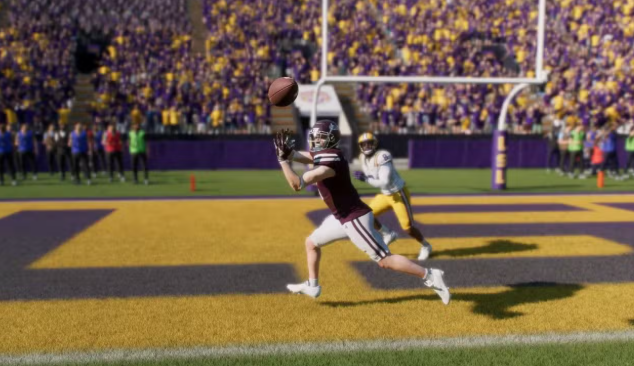Defensive Observation Techniques
Defense in College Football 26 relies heavily on CFB 26 Coins reading offensive cues and reacting quickly:
Formation Analysis:
Identify run-heavy versus pass-heavy sets by looking at player positions. Multiple wide receivers often signal passing, while tight formations suggest a run.
Adjust your defensive line and linebackers to counter tendencies. Shifting linemen toward gaps or adjusting depth can shut down common plays.
Pre-Snap Motion Recognition:
Watch for shifts or motion by the offense that indicate potential plays. Motion can reveal coverage type, intended target, or mismatches.
Hot Read Awareness:
Be ready to react to quick passes, screen plays, or RPOs (run-pass options). User-controlled linebackers or safeties can step into passing lanes, while defensive ends may adjust to contain the QB on rollouts.
Observation isn’t just about predicting plays; it’s about positioning your defenders and making real-time corrections to reduce the effectiveness of your opponent’s strategy.
Situational Awareness and Reaction
Observation extends beyond individual plays. Situational awareness is critical for managing the flow of the game:
Down and Distance: Recognize tendencies on third and long, goal-line situations, or red-zone possessions. Adjust play-calling or coverage accordingly.
Game Momentum: Observe when an opponent is gaining hype. Strategic defensive or offensive adjustments can stop streaks and shift momentum back in your favor.
Time Management: Pay attention to the clock, field position, and score to make informed decisions about play tempo, audibles, or cheap NCAA Football 26 Coins aggressive versus conservative strategies.

